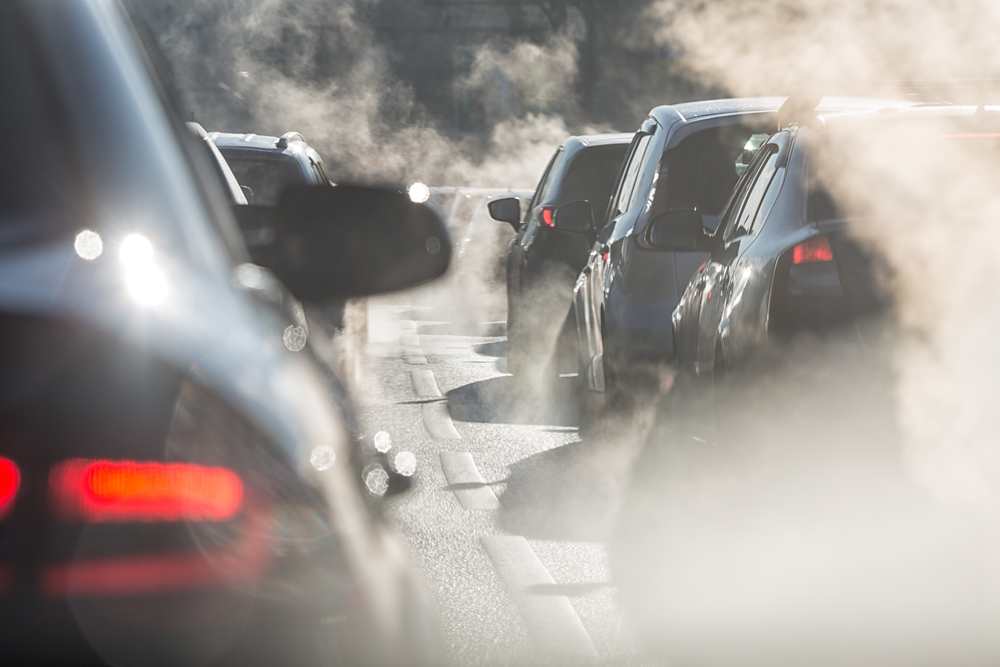
Improving highway infrastructure in the United States can help conserve fuel and reduce emissions, according to a case study by the American Transportation Research Institute (ATRI).
In 2016, the trucking industry’s fuel consumption increased by 6.87 billion gallons, spiking fuel costs by an additional $15.74 billion.
During the weekday evening commute, vehicle speeds are often as slow as 14 miles per hour. By increasing speeds to 55 miles per hour, 4.5 million gallons of fuel will be saved annually, according to the study.
In addition, increased speeds would reduce carbon dioxide emissions by 8 percent, smog-forming NOx emissions by 5.5 percent and fine particulate matter by 17 percent, the study estimates.
“Fleets today consider not only their bottom line but also their environmental performance,” Mack Guest, president of LAD Truck Lines, said. “This case study highlights how investing in our nation’s infrastructure can serve the dual purpose of lowering transportation costs and air pollution.”
For the study, ATRI examined the interchange of I-285 and I-85 in Atlanta, emissions factors derived from the U.S. Environmental Protection Agency, ATRI’s truck GPS database and Georgia Department of Transportation daily trip counts.
ATRI previously reported 89 percent of the industry’s congestion costs are generated from 12 percent of interstate miles.